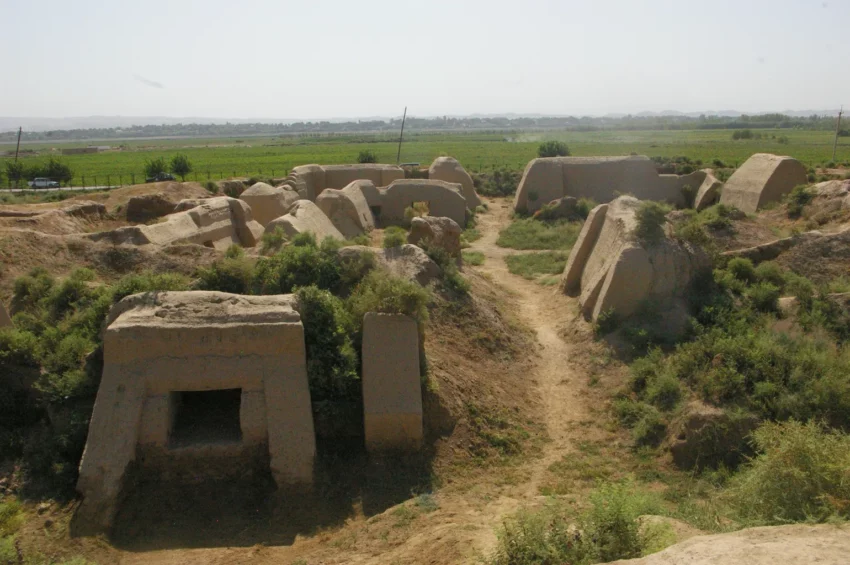Discovery of Adzhina-Teppa
Adzhina-Teppa, also known as Ajina Tepe, is a Buddhist monastery from the 7th and 8th centuries. This historic site is located in southern Tajikistan, near the Vakhsh Valley. To the west lies the provincial capital Qurghonteppa, and to the north is the ancient settlement Khorgul Tepe. In 1999, Adzhina-Teppa was added to the tentative list of UNESCO World Heritage Sites.
Get your dose of History via Email
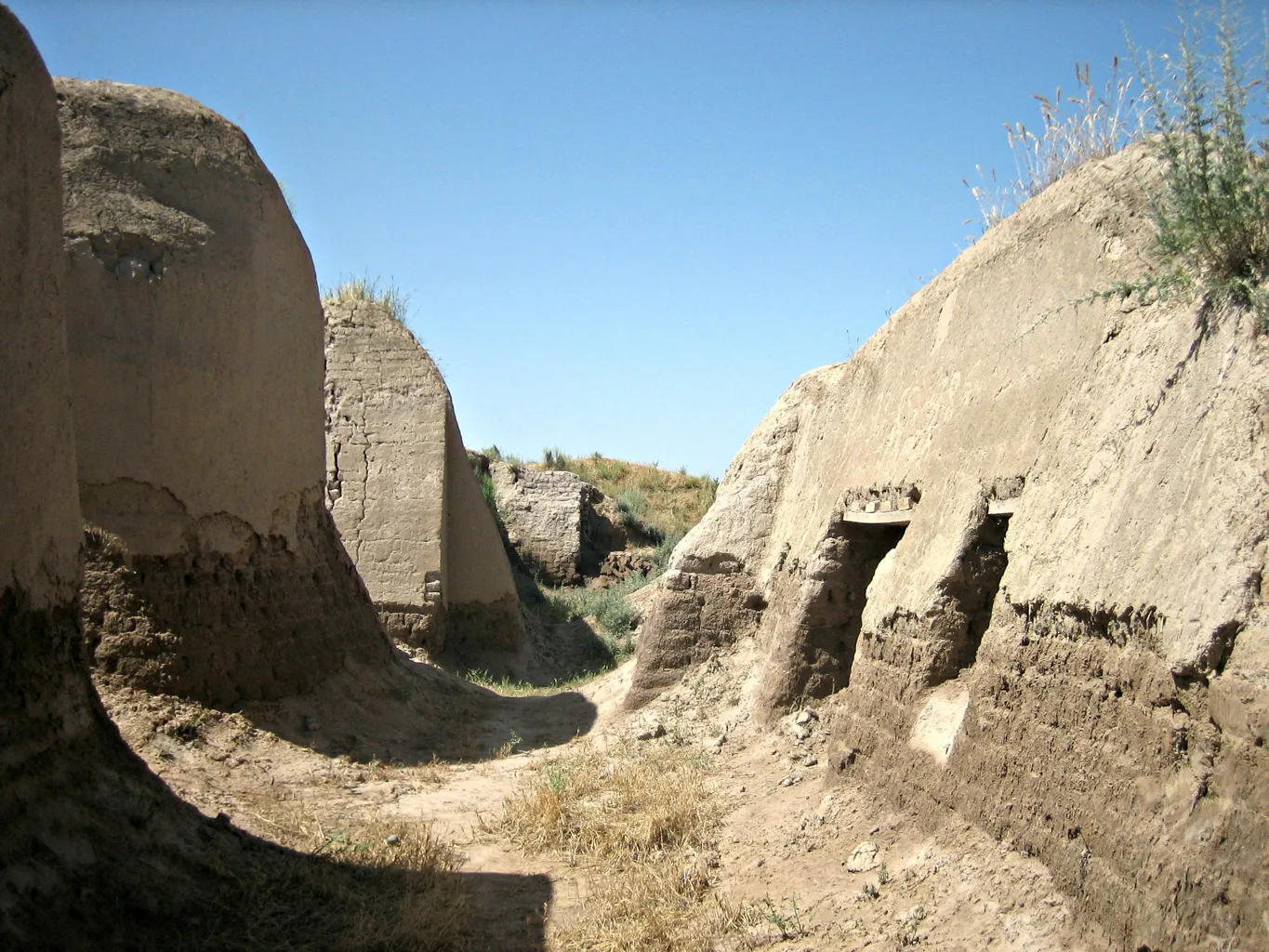
Archaeological Unveilings
Archaeologists first examined Adzhina-Teppa in 1959. Positioned on the old Silk Road, it was a vital trading hub connecting China, Europe, and Central Asia. The site underwent detailed archaeological studies starting in 1961, led by Boris Litvinskiy from the Tajik Academy of Sciences. These excavations revealed parts of a Buddhist monastery, showing the site’s historical significance.
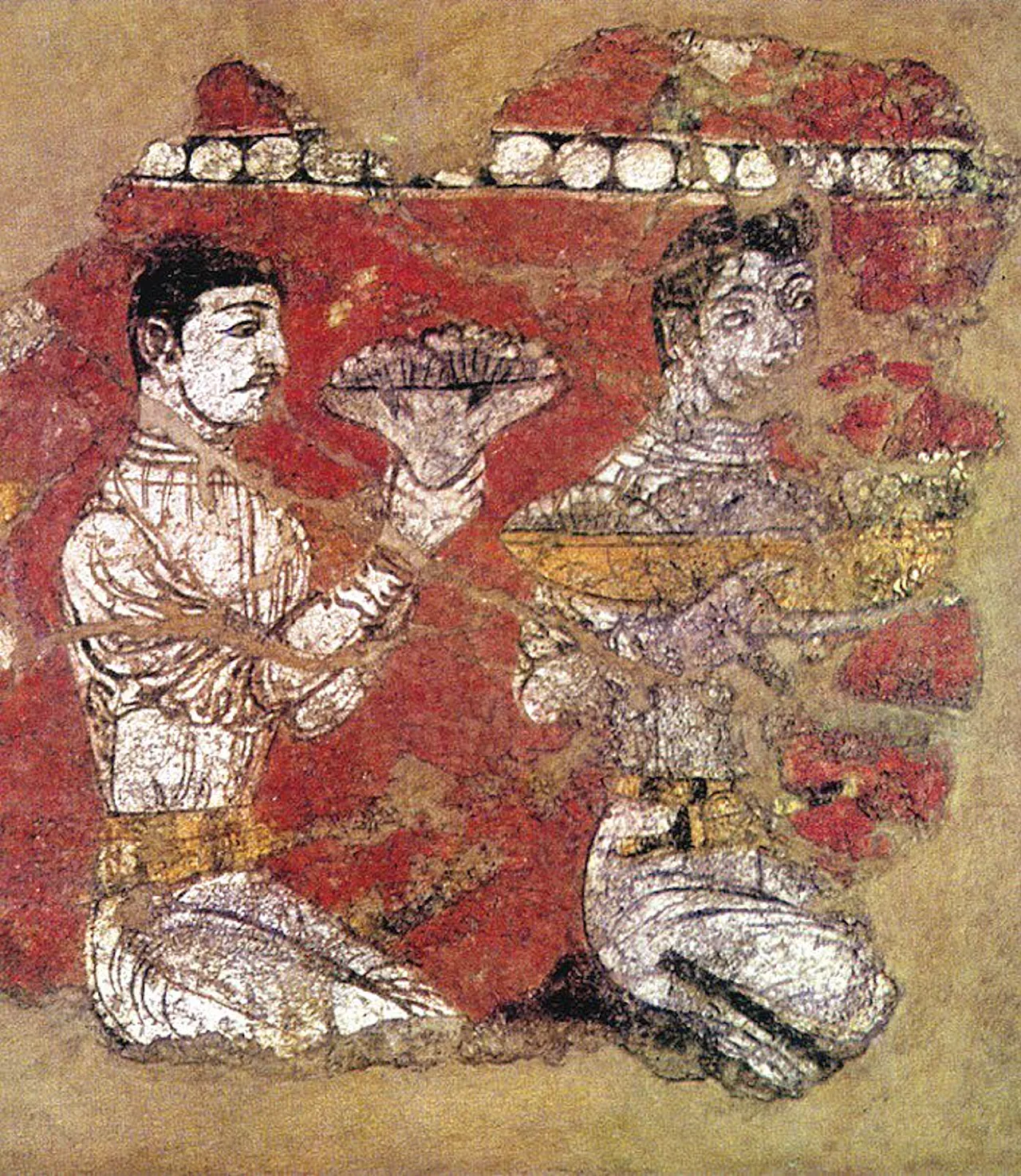
Architectural Insights
The foundations of Adzhina-Teppa include two stone piles, each up to 100 meters wide and around 5 meters high. Rectangular courtyards, rooms, cells, and corridors emerged from these foundations. Significant discoveries include a 12-14 meter Parinirvana Buddha statue and various clay figures. The architecture blends Indian elements with local Kushana traditions.
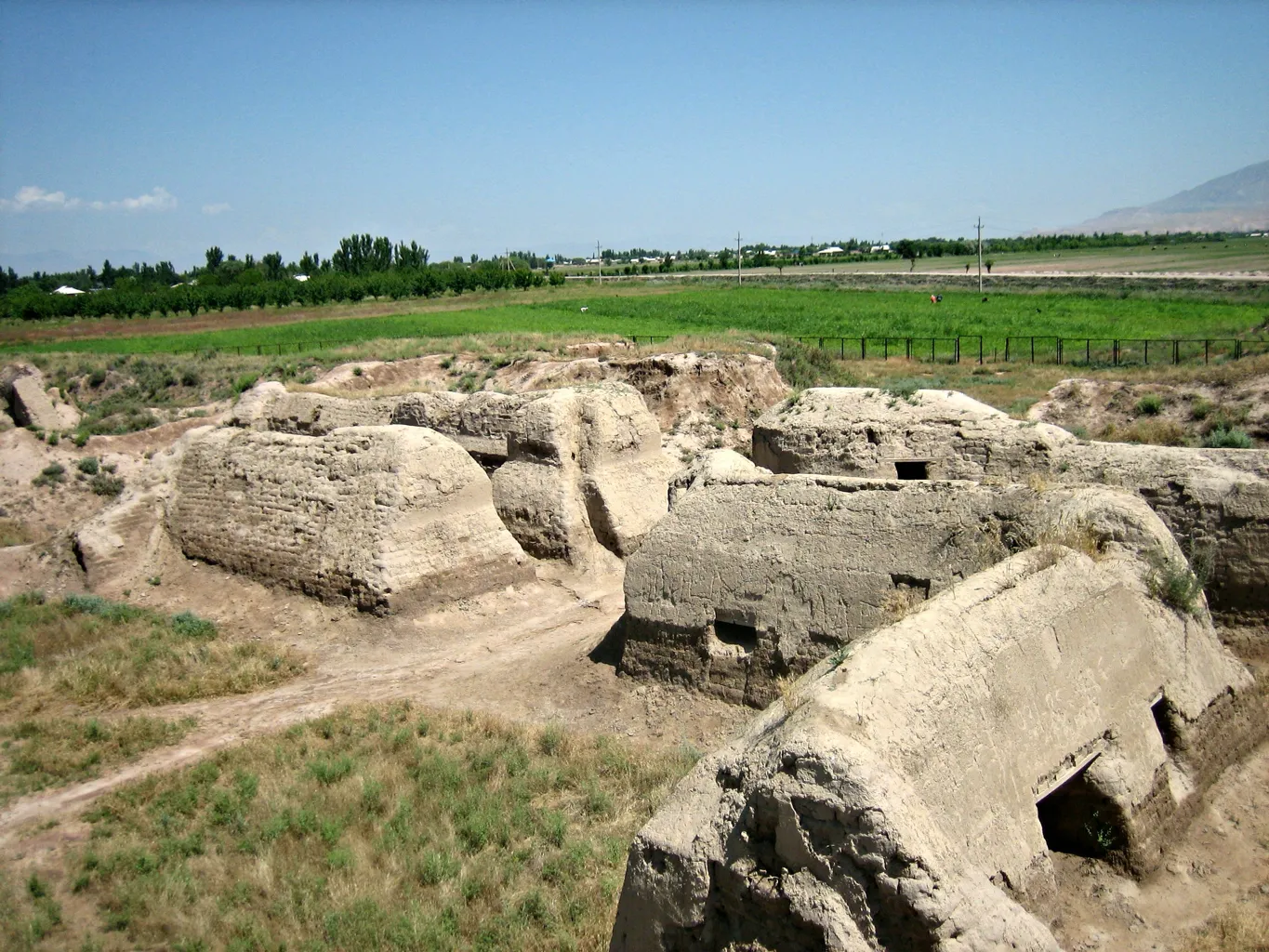
Monumental Finds
The reclining Buddha statue, unearthed in 1966, was transported to Dushanbe, the capital of Tajikistan. Since 2001, this statue, restored from many parts, has been displayed in the National Archaeological Museum in Dushanbe. After the Taliban destroyed the Bamiyan Buddhas in Afghanistan in 2001, this became the largest pre-Islamic Buddha statue in Central Asia.
Structural Details
Adzhina-Teppa consists of two main areas separated by a wall. The southeastern part, measuring 19 by 19 meters, was the actual monastery with a bowl-shaped depression. The northwestern part, characterized by steep sides and narrow depressions, housed the stupa and served various religious purposes. The monastery was built from rammed earth and unfired clay bricks, typical of the period.
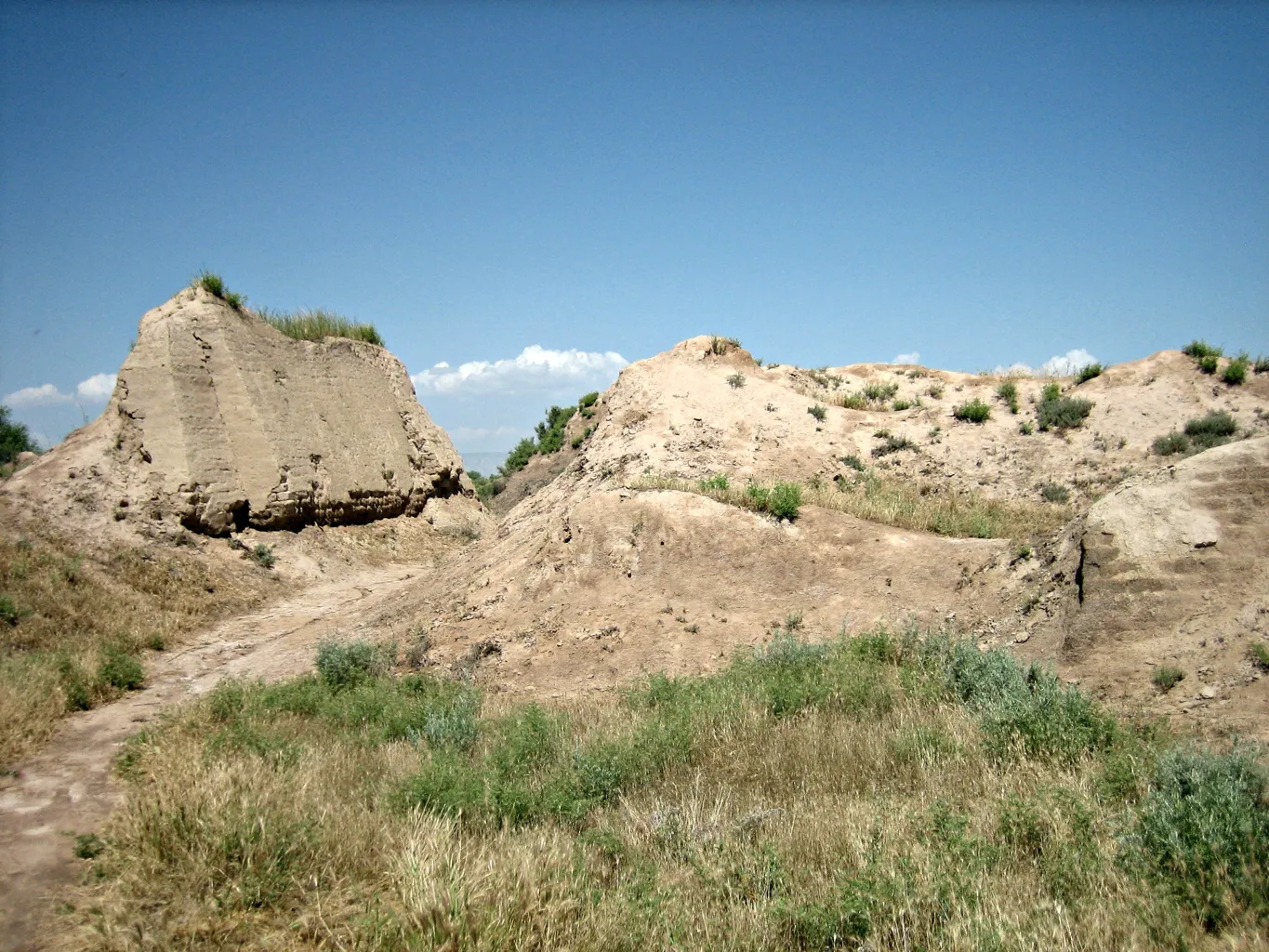
Coins and Chronology
Hundreds of Sogdian copper coins found at the site date the monastery to the second half of the 7th and the beginning of the 8th centuries. The complex was used for about 100 years until its destruction during the Arab conquest campaigns around 737-750 AD. Later, in the late 8th century, the ruins were repurposed for dwellings and workshops.
Architectural Significance
Adzhina-Teppa’s architectural design showcases advanced Buddhist monastery construction techniques. The skirting passage of the pradakṣina, later seen in Bangladesh’s Paharpur and Myanmar’s Bebe and Lemyethna Temples, was first implemented here. The four-iwan construction method, common in Iran, also has its roots in Adzhina-Teppa.
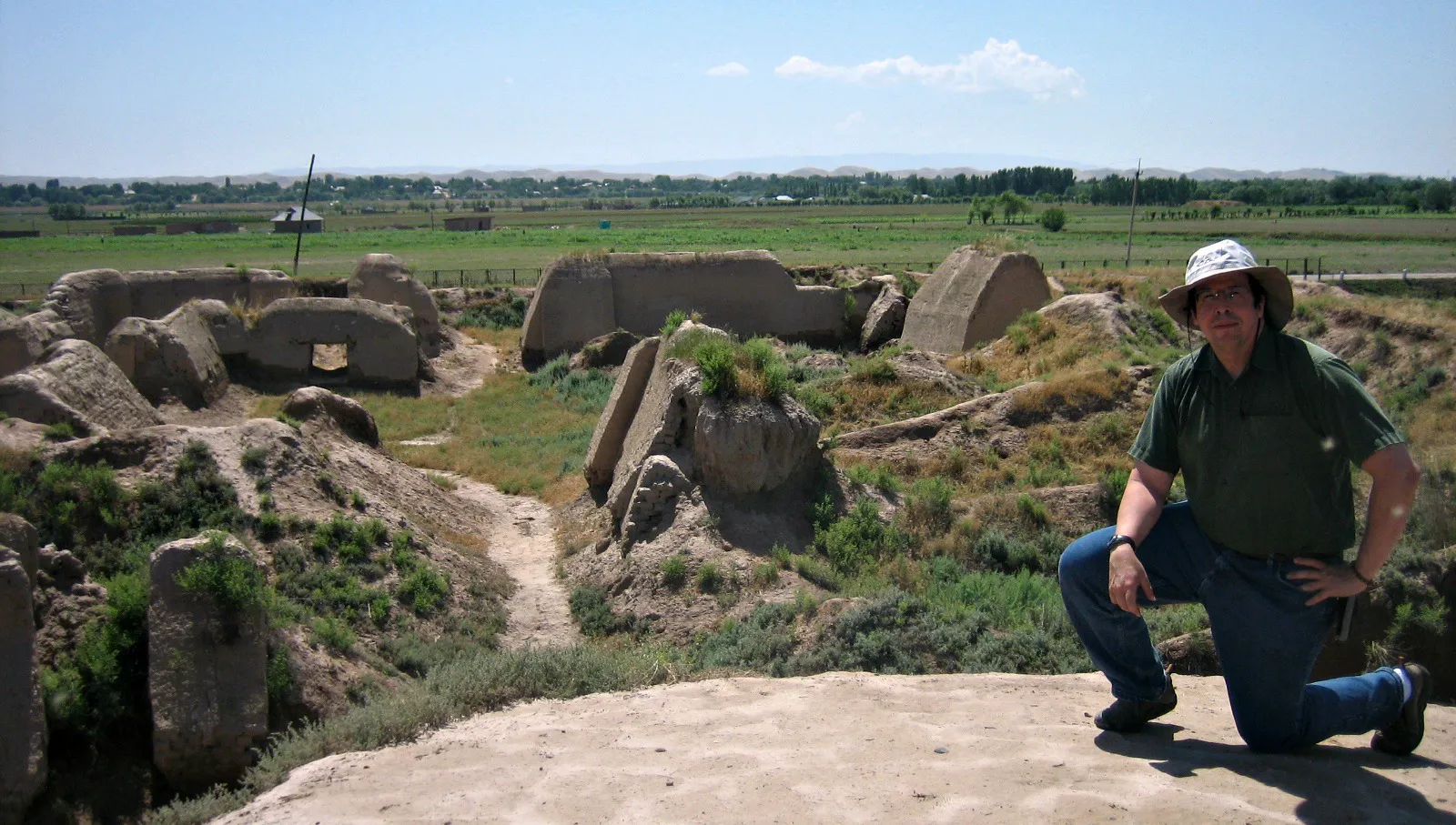
Monastic Life and Traditions
The monastery’s structure, with sanctuaries, cells, storage areas, and corridors, reflects a well-organized religious community. A large stupa adorned with paintings and additional smaller stupas in the building’s corners highlight its spiritual importance. Chinese chronicles suggest that the Mahayana tradition of Buddhism was prevalent here, though no direct archaeological evidence confirms this.
Artistic and Cultural Legacy
Adzhina-Teppa’s rich array of colorful wall paintings and clay idols, including the grand reclining Buddha, reveal a vibrant artistic culture. The reclining figure in a traditional nirvana pose underscores the monastery’s religious devotion. The site’s architecture and art blend Indian influences with local Tokharistan traditions.
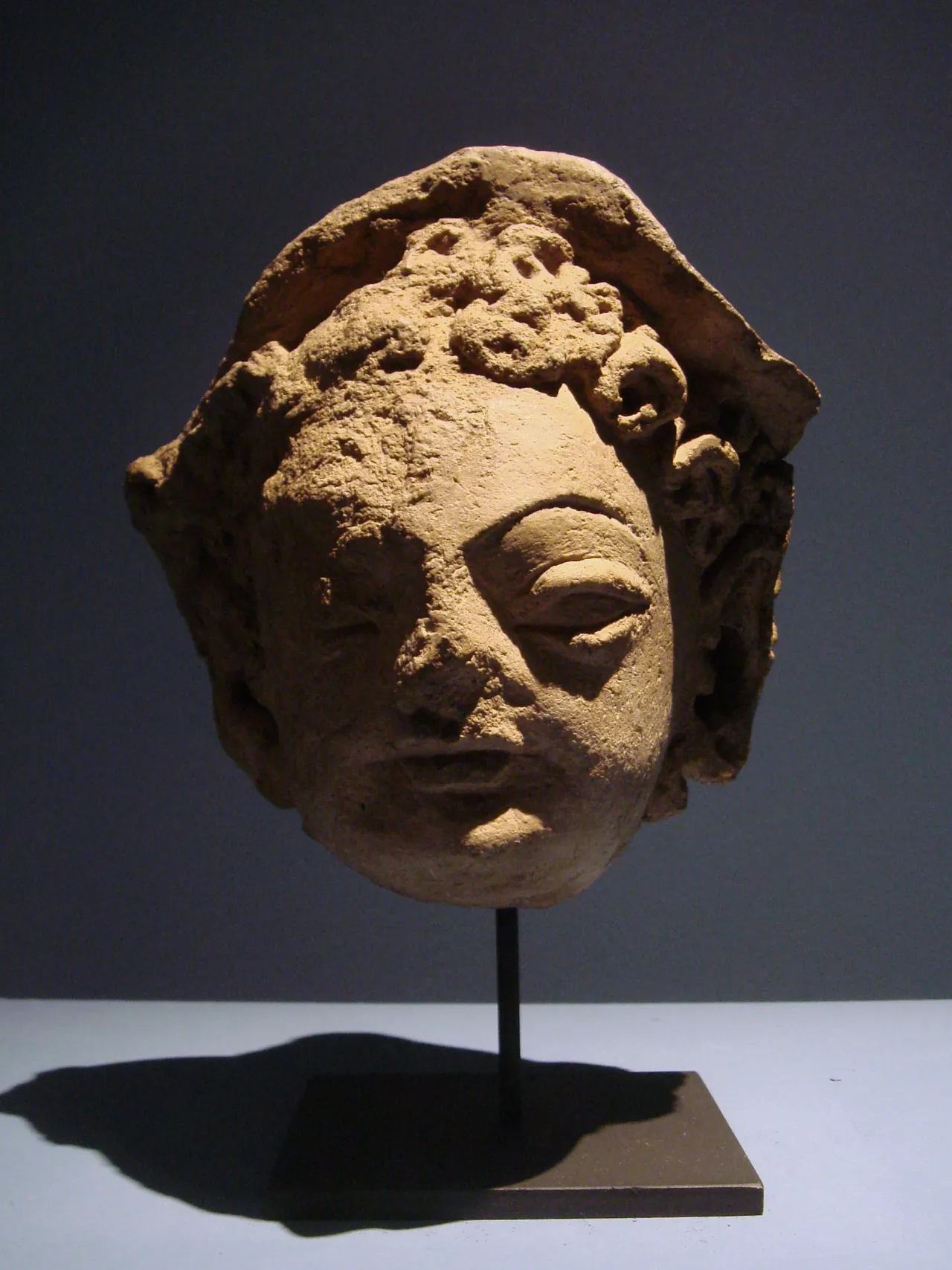
UNESCO Recognition
Adzhina-Teppa’s historical and cultural significance led to its nomination for UNESCO World Heritage status in 1999. Efforts to preserve and study this site continue, with many artifacts now housed in the National Museum of Antiquities in Dushanbe. Some findings are also temporarily stored at the Hermitage Museum, highlighting the international interest in this unique site.
Adzhina-Teppa remains a remarkable testament to Tajikistan’s Buddhist heritage, offering a glimpse into the region’s rich historical tapestry.
Sources:


